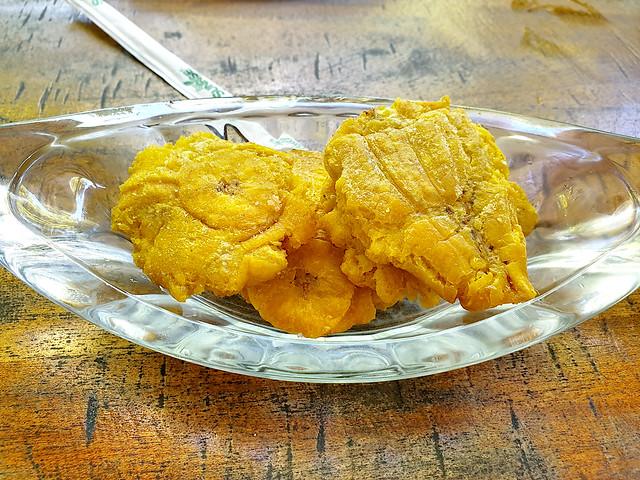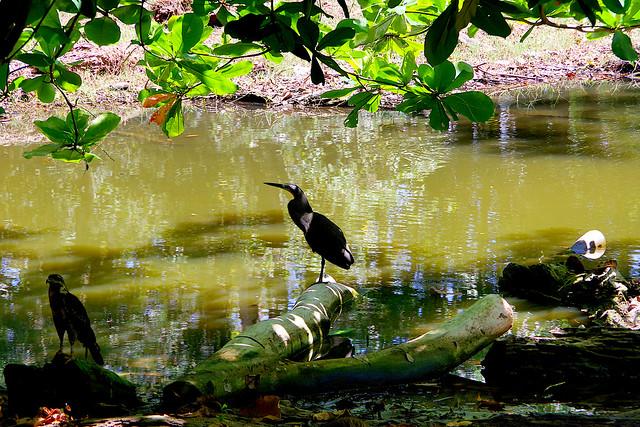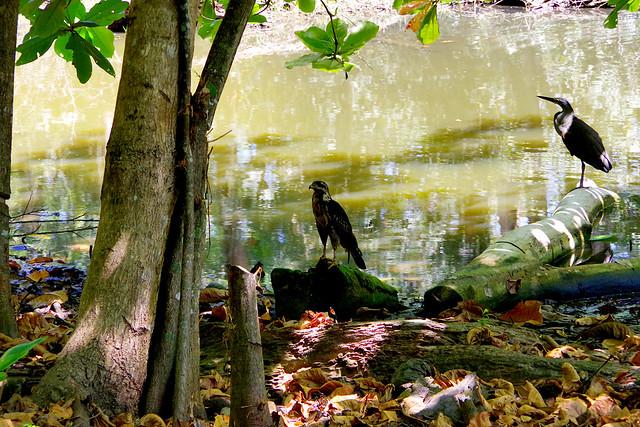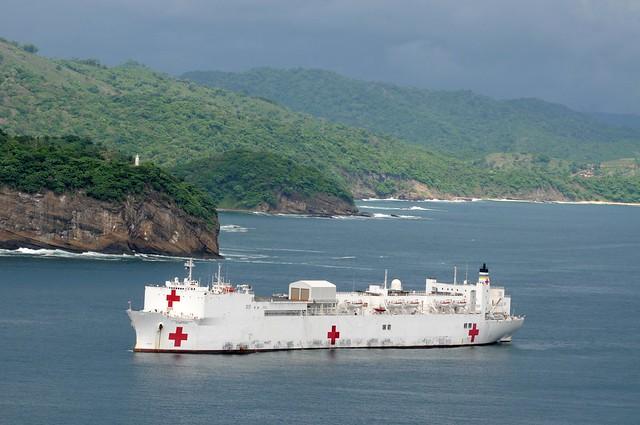North Caribbean Coast
Overview
Overview of the North Caribbean Coast, Nicaragua
The North Caribbean Coast of Nicaragua, also known as the Costa Caribe Norte, is a region rich in cultural diversity and natural beauty. This area is home to a mix of indigenous groups, including the Miskito, Mayangna, and Rama, as well as Afro-descendant communities such as the Creoles. This cultural mosaic makes the North Caribbean Coast unique in its traditions, languages, and festivals. The region is known for its vast expanses of rainforest, pristine rivers, and picturesque beaches, making it a perfect destination for those interested in eco-tourism and cultural exploration. The cities like Puerto Cabezas offer a glimpse into the local life with vibrant markets and friendly locals.
Tourism Season and Activities
The high season for tourism on the North Caribbean Coast typically runs from December to April, coinciding with the dry season when the weather is most favorable. During this period, the days are sunny and warm, ideal for outdoor activities. Visitors can enjoy snorkeling and diving in the crystal-clear waters off the Corn Islands, or kayaking and fishing along the region's many rivers. Eco-tourism is big here, with opportunities for wildlife watching and hiking in protected areas like the Bosawás Biosphere Reserve, one of the largest rainforest reserves in Central America. Cultural festivals, often featuring traditional dances, music, and food, are also a highlight during these months.
Preparation for Travelers
Visitors planning a trip to the North Caribbean Coast should prepare for a variety of conditions and ensure they respect local cultures and environments. It's essential to pack lightweight, breathable clothing suitable for a tropical climate, as well as rain gear for sudden downpours, especially if traveling outside the dry season. Insect repellent and sun protection are must-haves due to the outdoor nature of most activities in the region. Additionally, visitors should be aware that while larger towns may have amenities like ATMs and internet access, more remote areas may lack these facilities. Learning basic phrases in Spanish or even phrases in indigenous languages can be very beneficial for interacting with local communities. Lastly, considering the remote location, visitors should ensure they have comprehensive travel insurance that covers medical evacuation.
How It Becomes to This
History not available
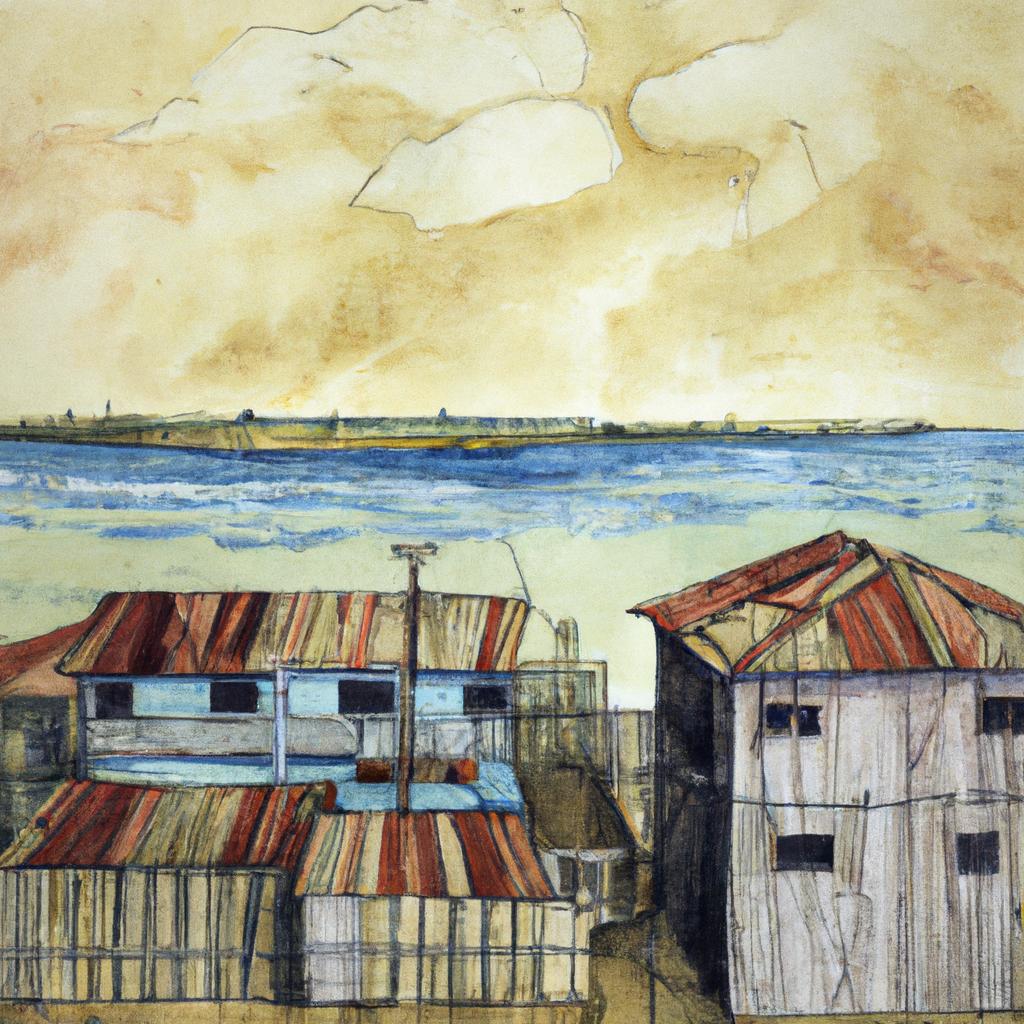
You May Like
Explore other interesting states in Nicaragua
Discover More Area
Delve into more destinations within this state and uncover hidden gems.


